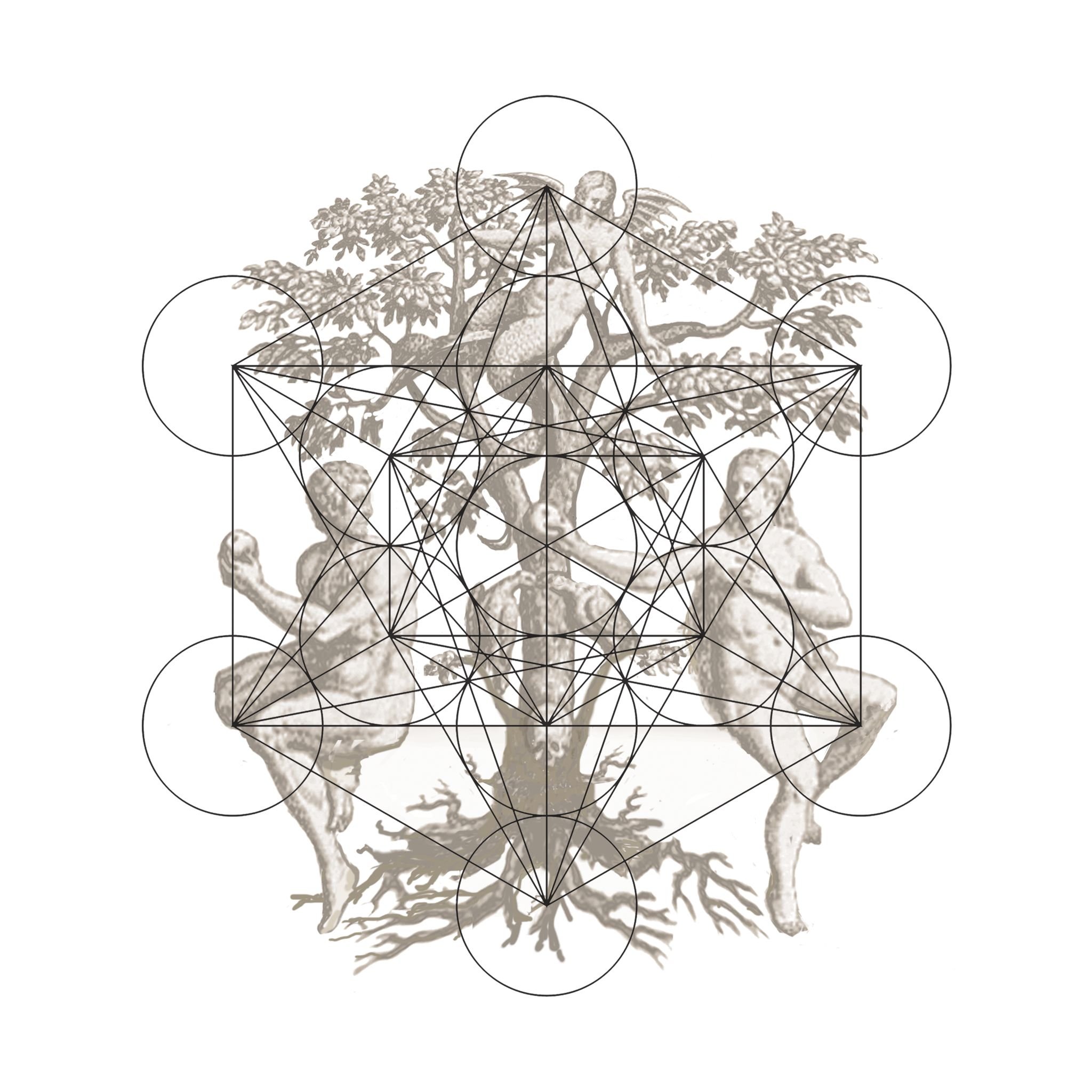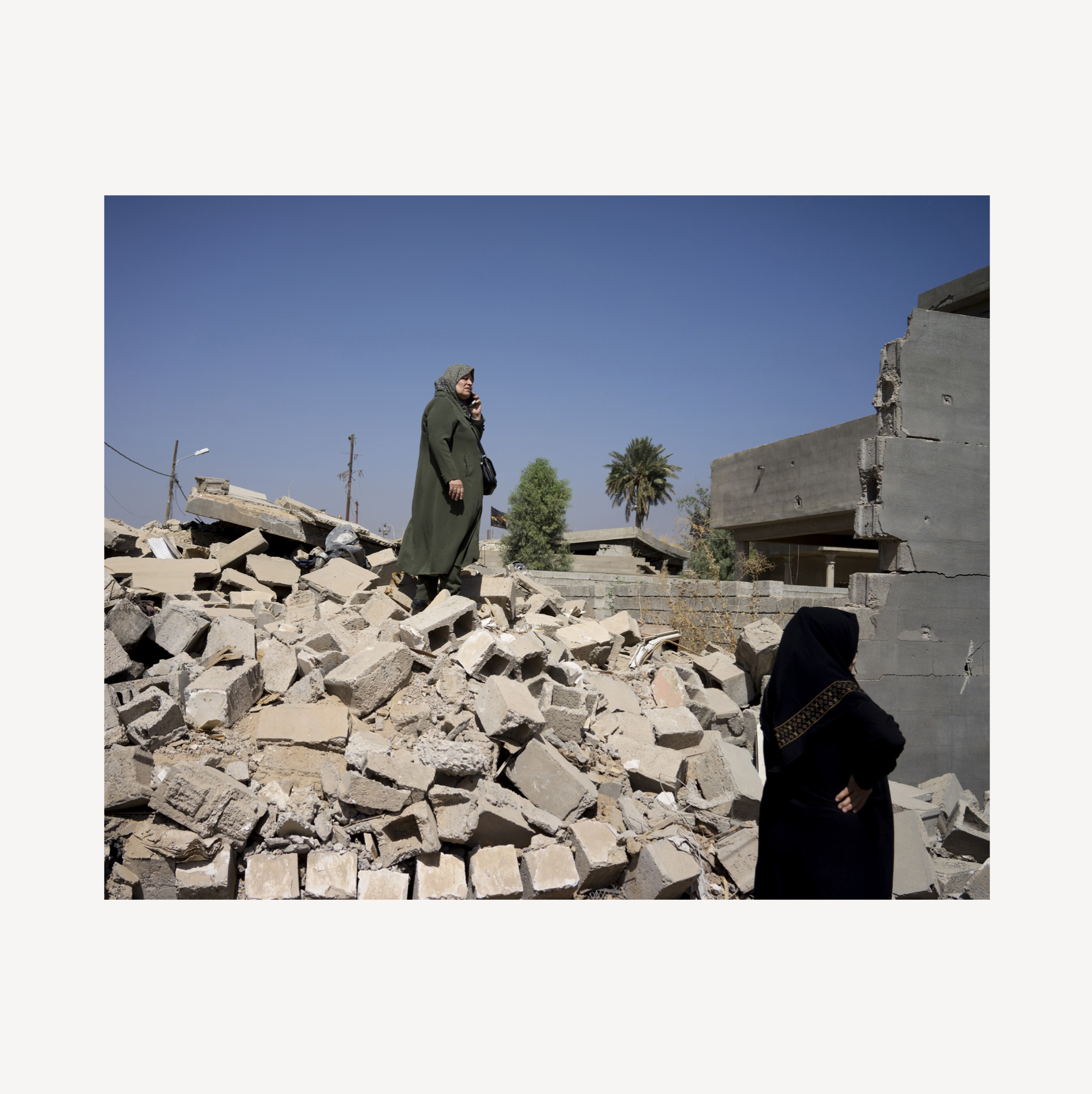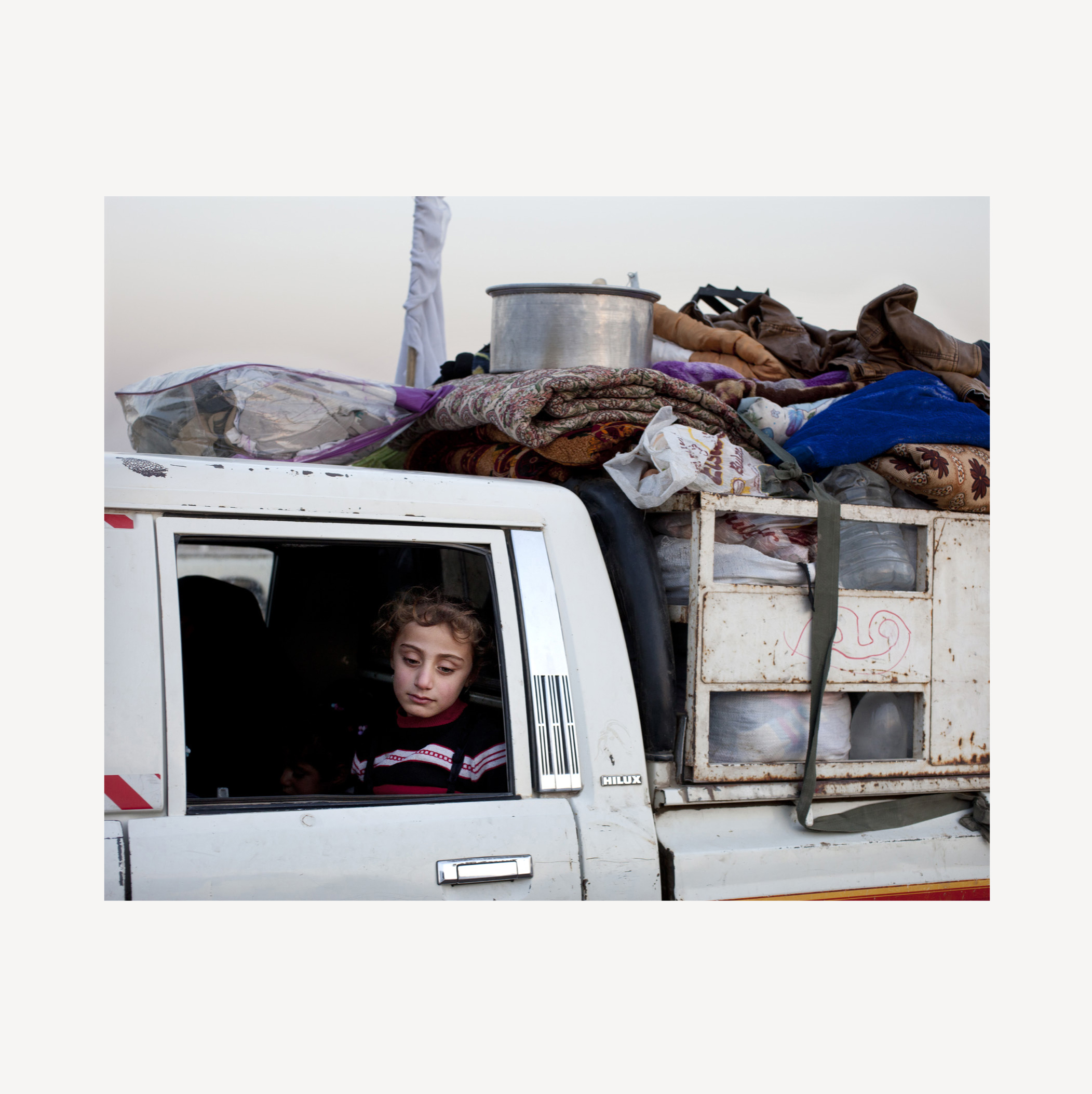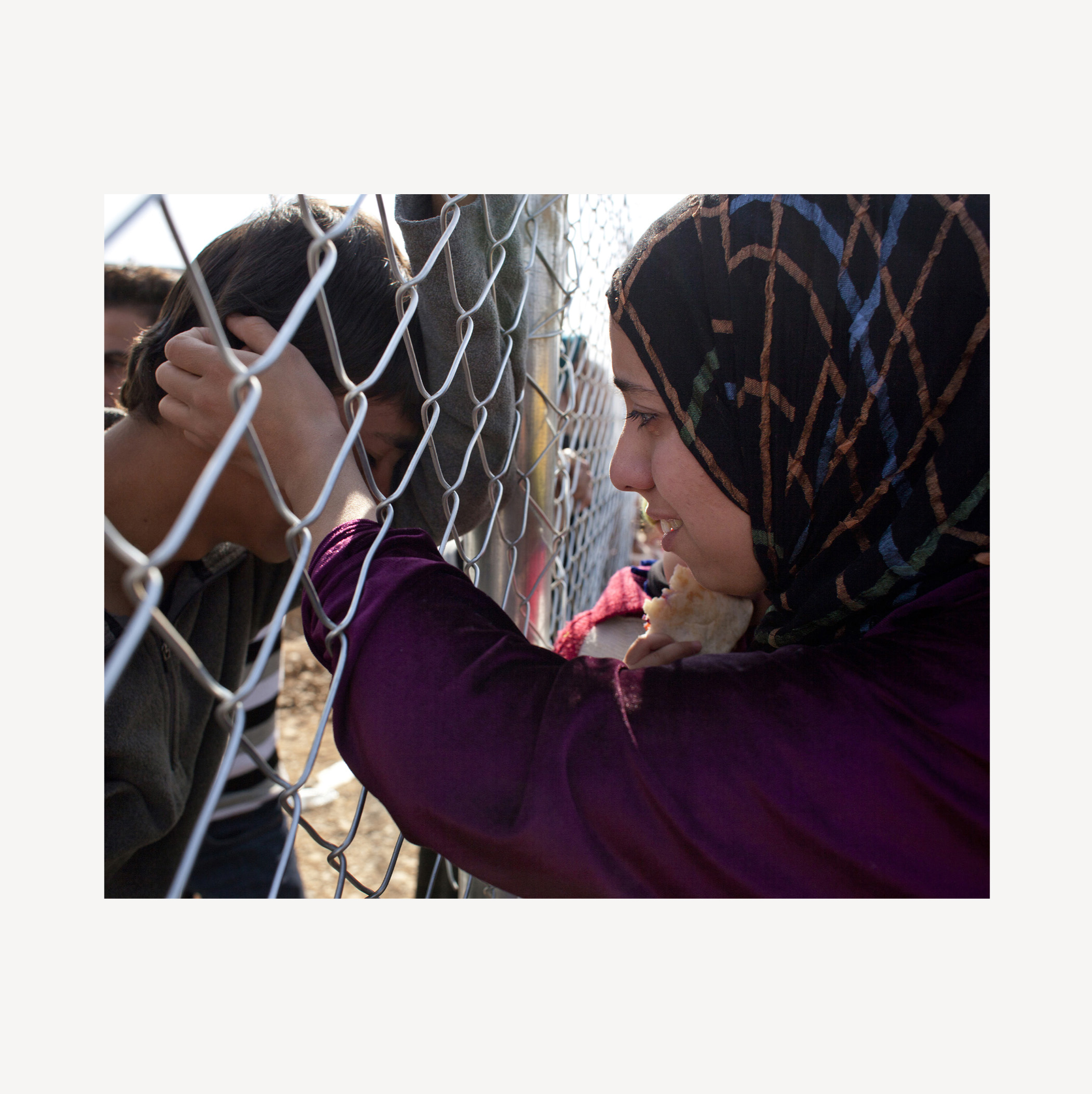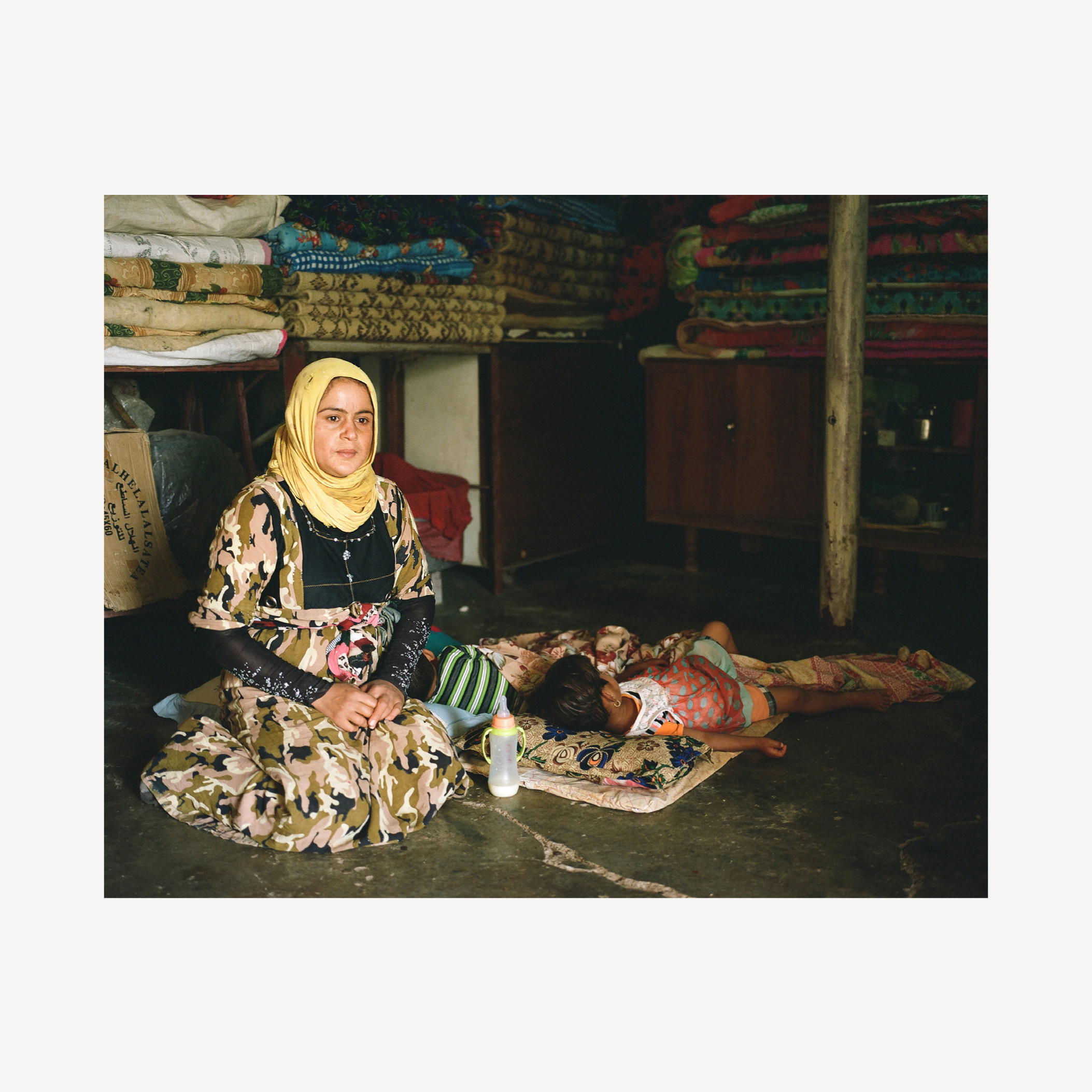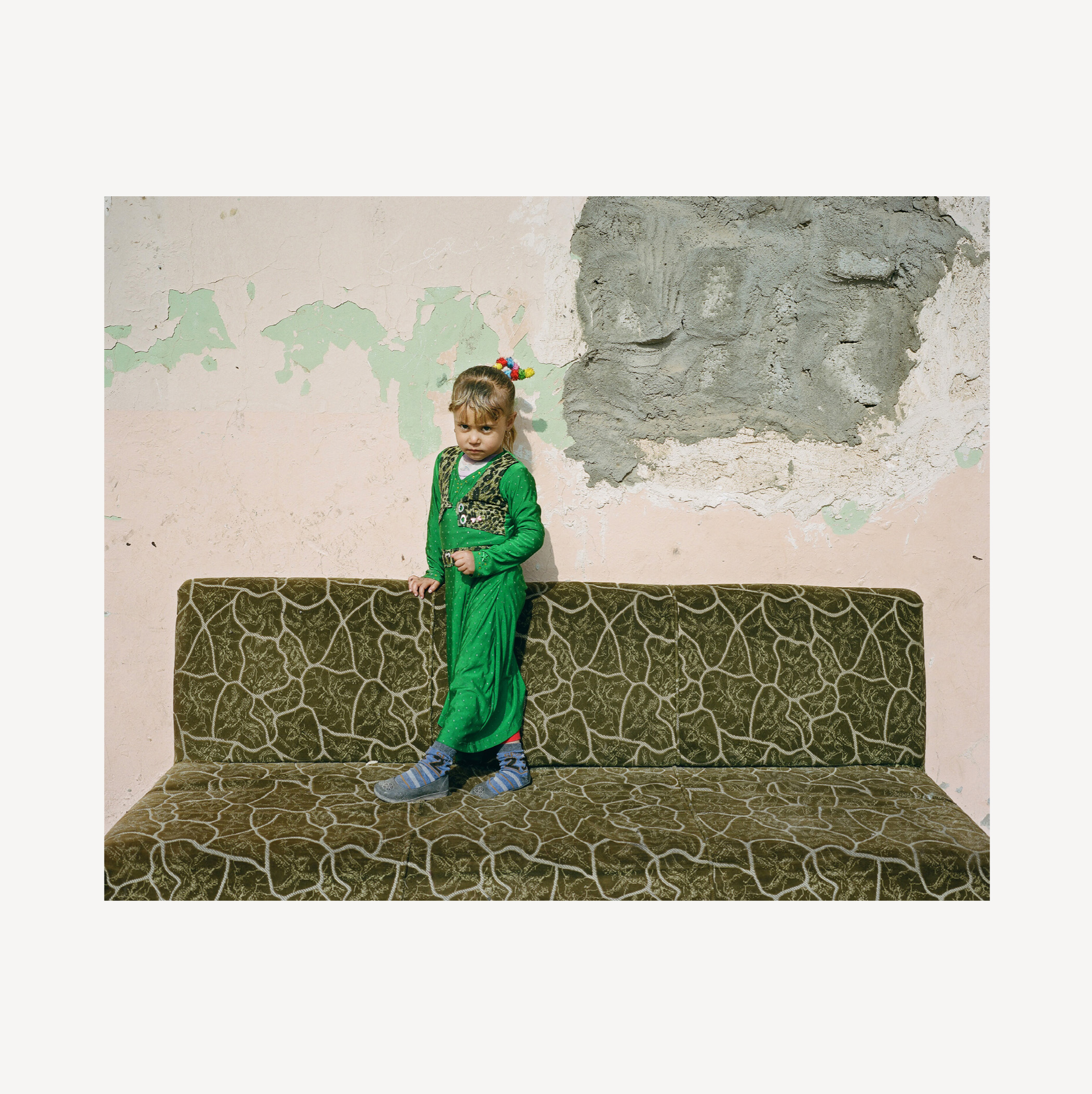
INTRODUCTION :
Anima Mundi is proud to present Abbie Trayler-Smith’s ‘After Darkness’, an extraordinary exhibition of photography capturing the devastating effects of Isis on the landscape and people of the region.
Trayler-Smith’s multi award-winning photographs capture the anguish, humility and extraordinary courage of her subjects. At the heart of each image lies the deeply human story, one fought out against a turbulent backdrop of social degradation or the aftermath of conflict.
Trayler-Smith reveals an intense, personal connection to each and every subject, sensitively captured through her lens.
ONLINE CATALOGUE (click to enlarge) :
EXHIBITION SLIDESHOW (click to enlarge) :
EXHBITION INTRODUCTION :
The Islamic State was declared in the weeks after the capture of Mosul on 10th June 2014. It was only then that countries around the world began to wake up to the fact that Isis posed a serious threat to them all. We watched in appalled fascination as ISIS imposed its rule over a vast area of Northern Iraq and Syria inhabited by 6 million people. Conditions inside its territory remained a mystery to the outside world for some time.
This work examines the answers to many questions: What was it like to live under the tight rule of ISIS and to now be liberated? What was the magnitude of ISIS’ presence, and how did it shape their lives for those two years? What about their families? And where do they go from here?...
Read more/less
The women I met shared stories of loss, fear for the future, and resilience — from those who lost their partners, families, children, to those who were determined to rebuild their lives just like they were before ISIS’ arrival. But if there was a common thread, it was the sheer horror of it all.
“We came from the dead”. When the forces first broke into Mosul and people were able to escape, the stories they told were chilling: accounts of a huge hole in the ground where hundreds were buried, of people being shot for having a mobile phone, of a human abattoir, of living in fear and stress. A mother told me how they’d had to stop their children from going to school so that they wouldn’t be brainwashed. And when I asked what she meant she said, ‘You know, in math class, they were counting like two guns plus two guns equals four guns, and singing songs about killing people’.
After a nine-month battle, ISIS was finally expelled from Mosul in early 2017, leaving devastation and destruction in its wake – homes lie in ruins and residents bear the physical and psychological scars of war. But the spirit of human resilience and strength lives on. It is in the eyes: that defiance; that will to live. That is what I wanted to capture.
Terrorism is not born out of poverty, you need to be seriously rich to wage a war. But from what I witness it gains momentum as a direct result of poverty and creates more in its wake. In this global state of uncertainty and inequality the choices we face are fear and hope. I want people to connect with and recognize themselves in
these images.
Despite cultural differences we are all essentially human beings sharing common concerns: health, family, loved ones, security. What touched me was the spirit of humanity, the amazing capacity of people to adapt to the horror around them and their choice to live.
Abbie Trayler-Smith, 2018
